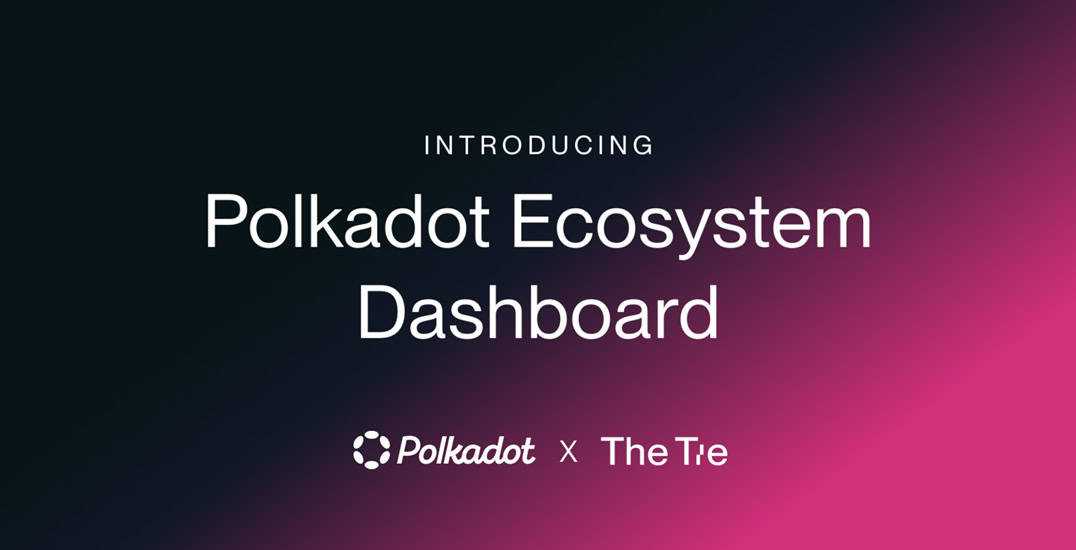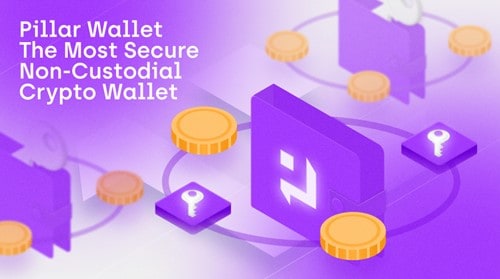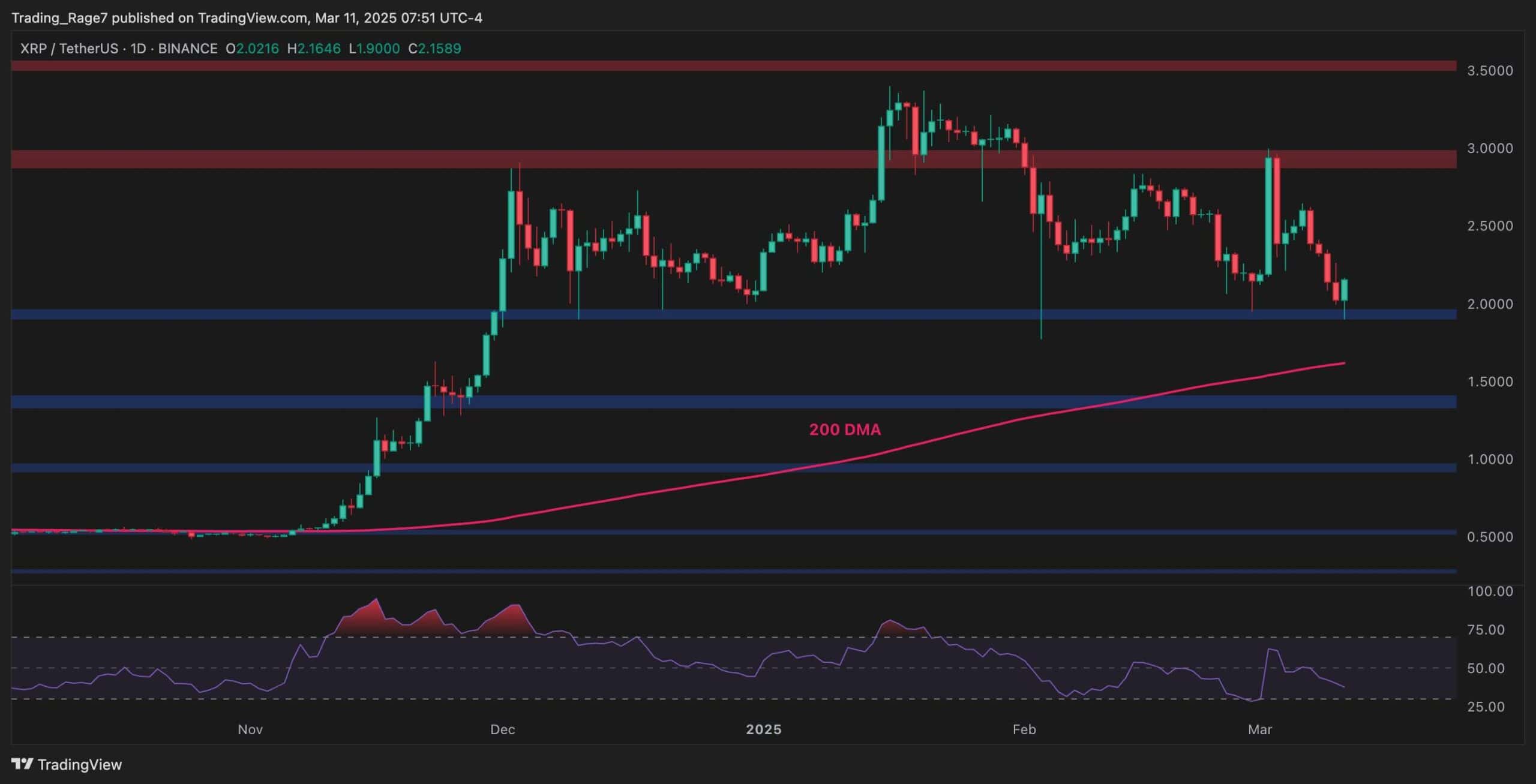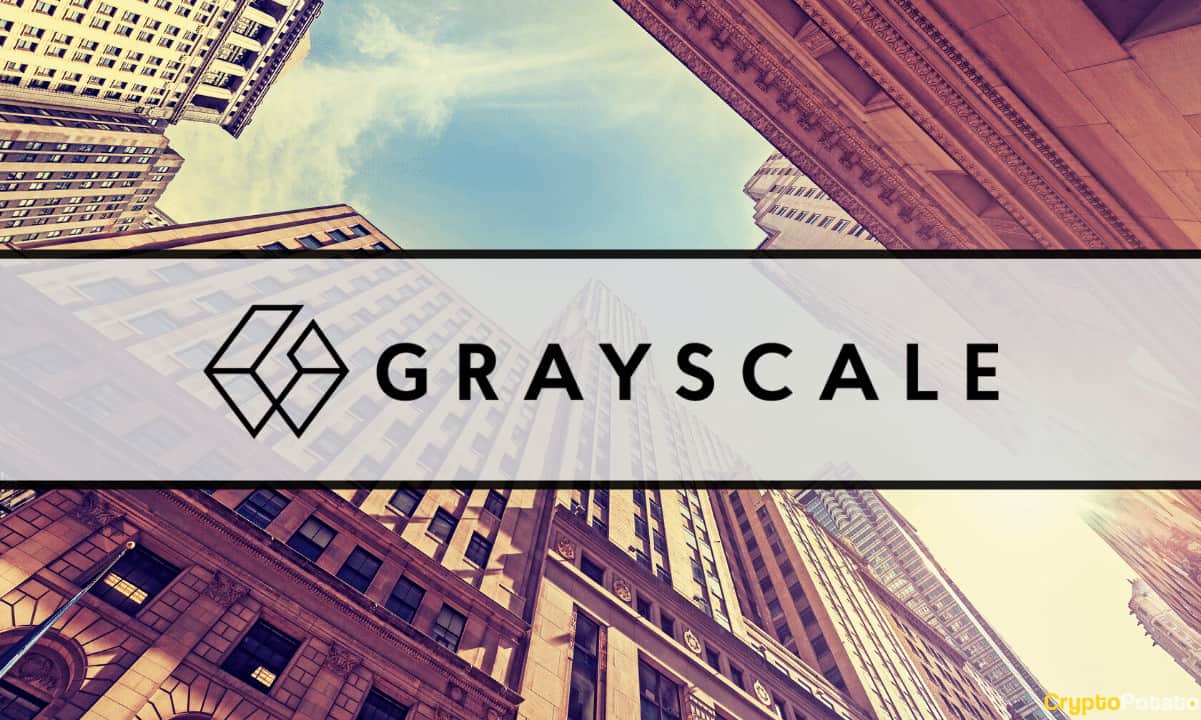IBM and Maersk’s Struggles Cast a Shadow Over Private Blockchain
TL;DR
- IBM and Maersk’s joint venture is struggling to attract shipping carriers due to concerns over who ultimately owns the IP for the blockchain network
- This setback raises questions about the viability of private permissioned blockchains versus public permissionless ones
- Enterprises like IBM and Maersk seeking to participate in blockchain networks have to embrace a decentralized governance structure and relinquish a certain amount of control that they are unaccustomed to as for-profit well-established corporations
For months now, experts have speculated over the promise of blockchain technology to increase efficiency and transparency amongst large-scale enterprises. The partnership between IBM and Maersk represents one of the most high-profile cases of blockchain enterprise adoption.
Earlier this year, IBM announced that they were establishing a joint venture with Maersk, the world’s largest container shipping company.
The joint venture is designed to improve the shipping supply chain process using blockchain technology. The company is creating an open trading platform where paperwork filings are digitized and automated, documents are approved by the appropriate authorities, and information about shipments and transportation plans are shared between relevant parties to increase efficiency.
Blockchain technology supply chains seem like a match made in heaven, yet recent news seems to indicate that the IBM/Maersk joint venture is facing some significant and unexpected obstacles. After 10 months, the partnership has only managed to attract one carrier: A large shipping line in Asia called ‘Pacific International Lines’ (PIL).
So why are most carriers opting out of joining this revolutionary new system? The simple answer is competition. The underlying IP behind the blockchain joint venture, in fact, belongs to Maersk and IBM, which puts rival shipping carriers like CMA CGM, and Hapag-Lloyd in a difficult situation. Both carriers have publicly rejected the blockchain solution, with CMA CGM general manager Peter Wolf stating,
“Technically the solution (by Maersk and IBM) could be a good platform, but it will require governance to make it an industry platform and not just a platform for Maersk and IBM. And this is the weakness we’re currently seeing in many of these initiatives, as each individual project claims to offer an industry platform that they themselves control. This is self-contradictory”.
The need for centralized parties to establish control over decentralized systems is a primary impediment to enterprise blockchain adoption.
The underlying problem that established banks, shipping carriers, and tech companies face is an unwillingness to embrace blockchain in its entirety. Most operate under a centralized structure, where information is stored, and services are administered from a single source.
NASDAQ plans to deploy blockchain for voting in shareholder meetings and private-company stock issuance. Microsoft and IBM are interested in the technology to help businesses improve their supply chain process. Banks want to establish a permissioned ledger to create more efficient and secure transfer of funds between their institutions.
The common thread between all of these initiatives is their emphasis on using private blockchains that only involve internal business participants, as opposed to ones that are public, open, and permissionless.
As is the case with the Maersk and IBM joint venture, these initiatives are likely to begin to fall apart once the companies who spearhead them realize that their competitors are not buying into the idea that they are joining an ‘industry platform’, but instead become skeptical of participating in a network that could potentially be exploited by the companies who created it to gain a competitive advantage. After all, a private permission ledger may have many of the same characteristics as a public ledger (a distributed network of nodes, consensus protocols, etc.). However, it is still very much centrally controlled by the architects of the ledger. They decide who has permission to access the network, control the IP, and could potentially create backdoors to circumvent the rules of access.
Under these circumstances, it’s obvious to see why companies would want to avoid joining a private blockchain, network setup by their competitors.
Private vs. Public blockchain
The main characteristic that differentiates a public ‘permissionless’ blockchain from a private ‘permissioned’ one is the question of who is allowed to participate in the network. For many companies, their primary motive for using blockchain technology is to create a shared ledger between their many different departments and subsidiaries, or between their company and other partner companies. For these cases, private blockchains limit access to the number of participants. This limited access also ensures that only the parties involved in the business consortium will be exposed to sensitive company data.
The problem with the private blockchain model is that it maintains centralization and prevents the use of token incentive mechanisms to encourage more participants to join and build on the network.
Public blockchains are all about including as many people as possible and building a globally distributed community of developers. Bitcoin and Ethereum are perfect examples of this, as they are operated by thousands of developers around the world who contribute by verifying transactions using a proof of work or proof of stake consensus mechanism.
Although it may seem like open public blockchains compromise security, it is actually private blockchains that are more susceptible to security breaches. These blockchains are operated using fewer nodes that are more clustered together, which provides a more obvious single point of failure.
Public blockchains are much more difficult to take down as they are distributed globally between thousands of nodes, and therefore require an immense amount of computational power to bring them down.
The primary value proposition of blockchain technology is that it allows multiple parties to verify transactions of data, money, shipping items, etc. to prevent fraud or corruption. Private blockchains limit access for the public to verify transactions, meaning that data resides in a location where corruption can still stay undetected, and data can be easily modified.
As many of these corporations are beginning to find out, without a global community to support the efforts of operating and utilizing their blockchain, they’re essentially building a slower database that runs between a handful of parties who could otherwise just use Google Drive, Box or any other centralized data sharing tool to share information.
Companies like Cisco Systems Inc., Intel Corp., and JPMorgan Chase & Co. have begun to delay their plans for blockchain adoption to at least 2020, most likely for all the reasons mentioned above.
Would profit-driven, centralized organizations ever fully embrace a public blockchain?
The big question many of these companies must ask themselves is whether or not they would risk joining a truly public and permissionless blockchain network.
Public blockchains operated by token economic models create multiple layers of value for all participants to benefit from based on their contribution. In order for the network to be truly decentralized, it shouldn’t be controlled by anyone, and all participants should be bound by the same set of codified rules. This is something that is largely counterintuitive to the aims of publicly traded Fortune 500 corporations who are caught up in a ‘race to dominance’ and often stretches or completely circumvent the rules that govern enterprises in our current market system.
This doesn’t mean that all hope is lost for the viability of private permissioned blockchains. However, if such blockchain networks are to exist and thrive, there will likely need to be several of them (creating competition amongst private blockchains), and each one must contain a small group of enterprises fully bound by the codified rules of the network.
We can see a similar phenomenon occurring in the blockchain space today, where there is a traditional free market ‘race to dominance’ occurring between blockchain protocols (Ethereum, EOS, NEO, etc.), and yet within each blockchain protocol, participants collaborate and even compete with one another under a strict set of codified rules that are set up to prioritize the wellbeing of the network over the wellbeing of any one participant.
Perhaps the future of blockchain adoption in the shipping industry is one where the biggest players like Maersk, CMA CGM, PIL, and Hapag-Lloyd are not all part of the same blockchain network but are in fact participants within separate but equal blockchain networks that are adopted by a smaller class of shipping carriers.
So in other words, the traditional race to dominance that occurs in the current market system will still exist, but between blockchain networks that consist of a smaller class of shipping carriers. This way, the # 2 and #3 carriers in the industry don’t have to give up any control to the #1, while simultaneously adopting blockchain technology to create more efficiency and transparency only between the competing shipping carriers that they feel more comfortable operating on an even playing field with.
Ultimately, on a macro scale, private blockchains are still subject to the same flaws that centralized entities face (security, censorship resistance, lack of complete transparency). However, on a micro scale, the participants within these private blockchains can still reap many of the benefits that public permissionless blockchain networks offer, as long as all members opt into and are bound by the same set of codified rules.
The post IBM and Maersk’s Struggles Cast a Shadow Over Private Blockchain appeared first on CryptoPotato.









